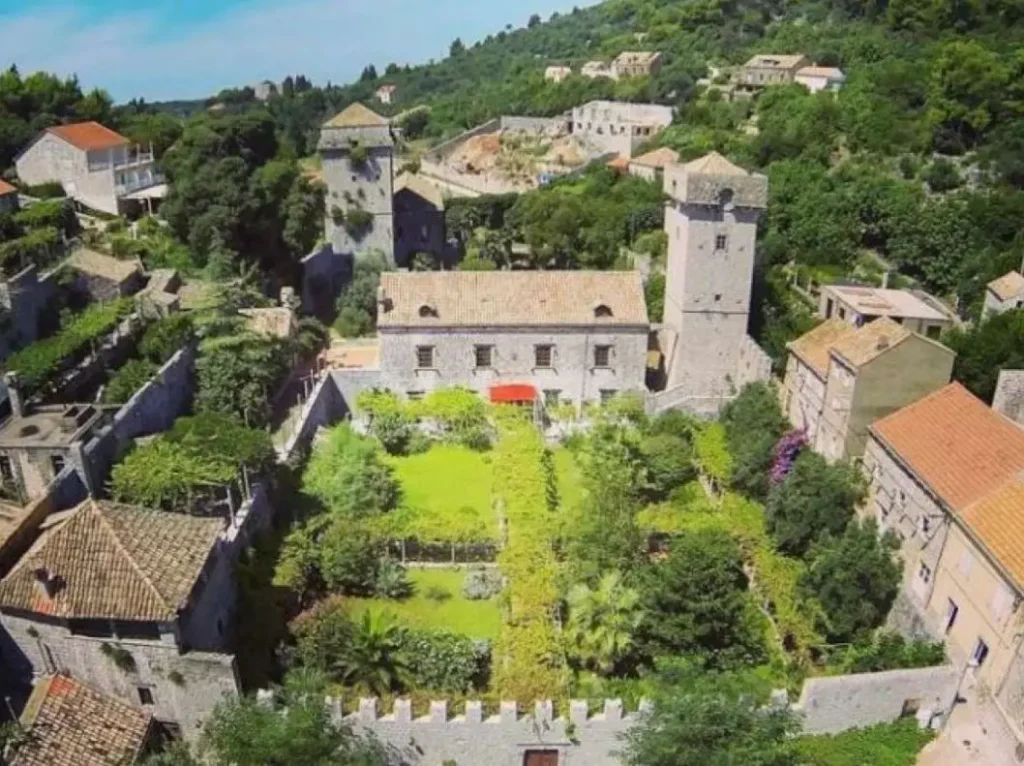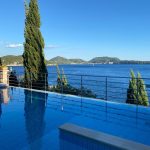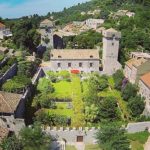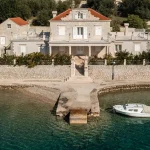So you think Croatia’s islands are more or less the same?
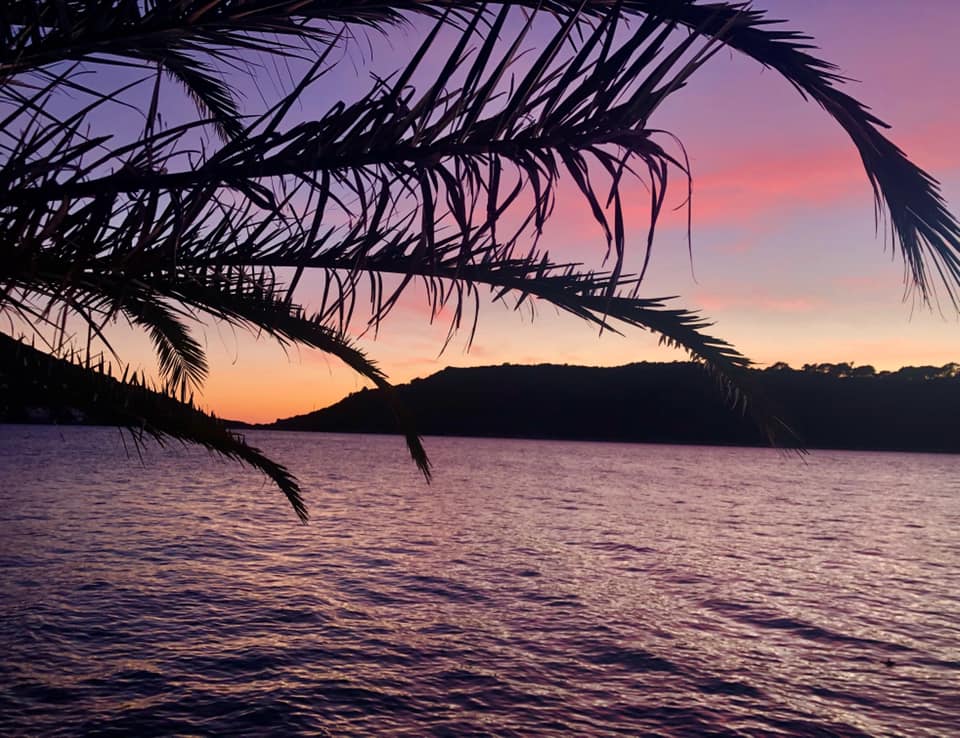
It can be hard for a tourist looking at the map trying to differentiate between all the different islands, to see which one might be the most suitable. But delve a little deeper, and you can find some rather extraordinary things – the oldest public theatre in Europe (Hvar), the oldest cricket club in mainland Europe (Vis), the birthplace of Marco Polo and the first abolition of slavery in 1214 (Korcula), and the birthplace of naturist tourism in Croatia after an abdicating British king went skinny-dipping (Rab).
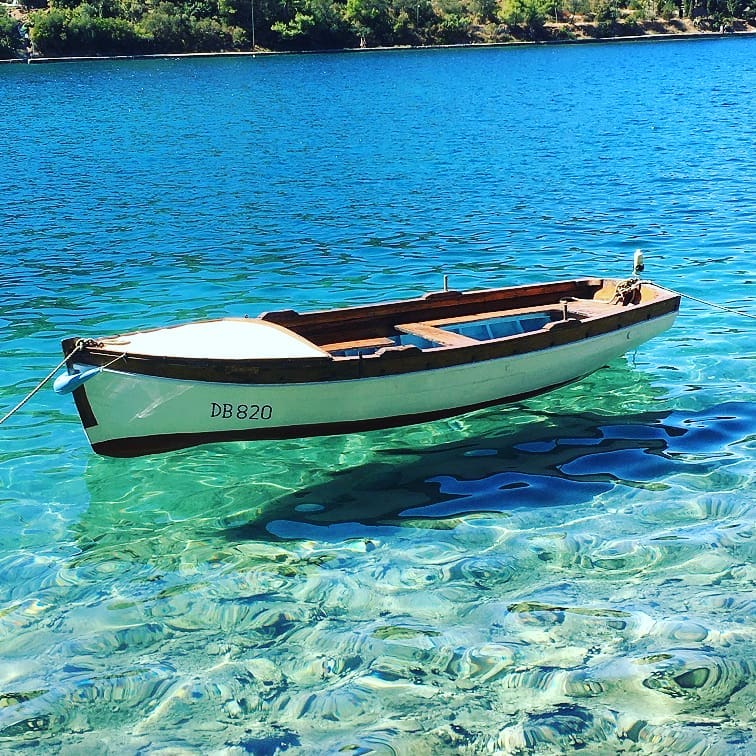
And an island which is in the Guinness Book of Records for the highest density of olive trees per square metre in the world, more than one million trees. That is a lot of natural gourmet goodness, and perhaps one of the clues for one of my favourite images of luxury Croatian tourism – the super yacht meets the simple and delicious way of life.
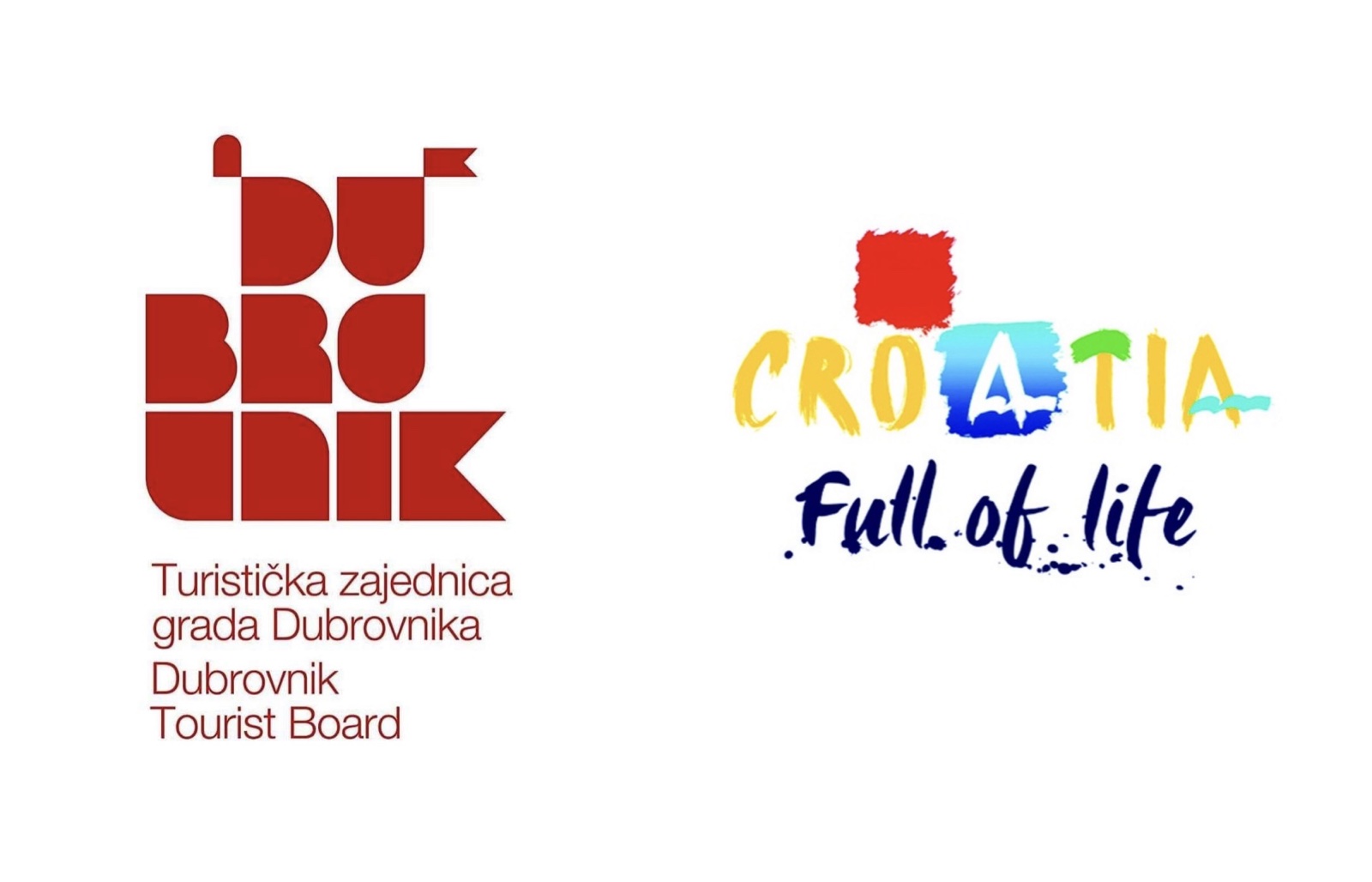
Given its proximity to Dubrovnik and the first islands near the Montenegrin border, the Elaphiti islands – and Sipan in particular – have proved to be very popular sailing destinations, particularly among the super-rich, who enjoy a more anonymous visit generally away from the prying eyes of the paparazzi. And they are rewarded by some of the best fish on the Adriatic, which Sipan is known for, as well as a number of excellent restaurants focusing on the finest local ingredients. And when you start with the finest fresh fish and abundant quality olive oil, combined with the freshest local produce, it is not hard to see why Sipan’s restaurants have become a hit for the luxury tourism market.

Not that having lots of money guarantees you a place at dinner. One of my favourite stories during my visit concerned a very well-regarded restaurant in Sipanska Luka, whose simple quality Dalmatian fare is much sought after. The owner is very particular and insists on reservations only. No reservation, no place at the table, even if there is room. The story goes that on one unusually slow evening, a particularly wealthy gave entered the restaurant and tried to sit at one of several empty tables, only to be told that if he did not have a reservation, then he could not sit for dinner.
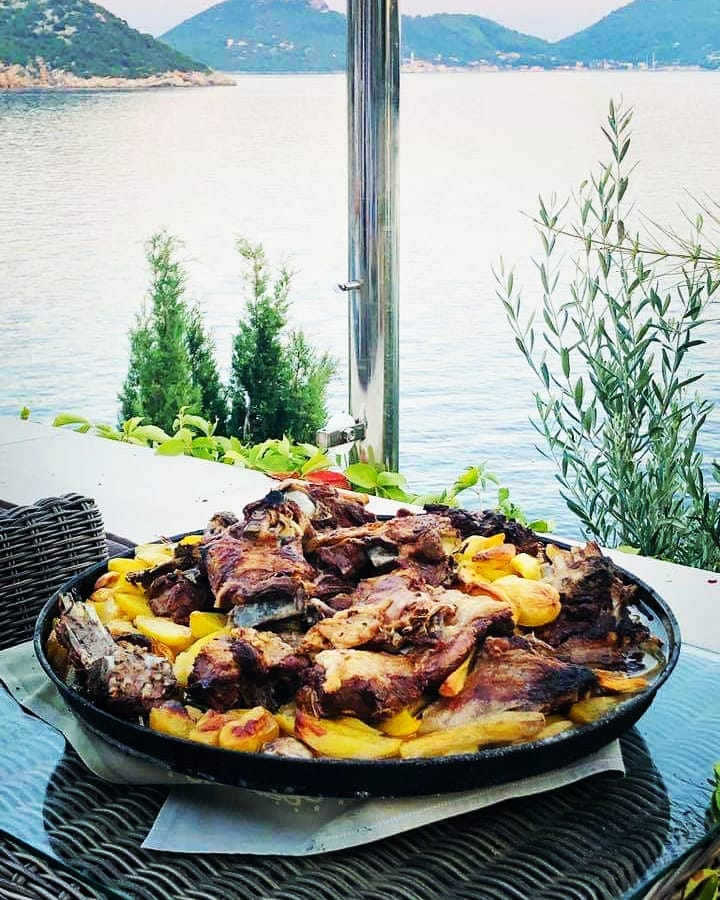
“But you are almost empty. Why would you turn away paying customers when you have empty tables, just because we don’t have a reservation?”
“When I have reservations, I know exactly how much food I need to prepare, and I do not need any extra stress.” Ah, Dalmatia…
Of course you don’t need to be a multi-millionaire to visit the island of Sipan, far from it, and the regular daily ferries to Sudurad, via the other Elaphiti islands of Lopud and Kolocep, will get you there in just over an hour from Dubrovnik if direct, and 10-15 minutes longer if they stop at the other islands.
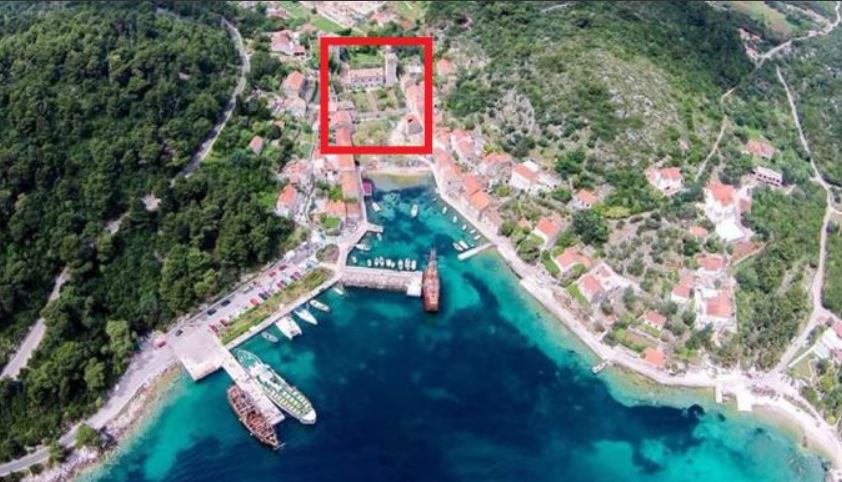
The furthest of the Elaphiti from Dubrovnik, Sipan is also the largest and the grandest, and some of the architecture is simply astonishing. In all, there are some 39 churches on the island, which cater to the present population of about 450, but the most impressive building for me was located right at the heart of the Sudurad bay – a Renaissance palace dating back to 1563.
The palace is equally impressive on the inside, with many original features on display – and still functioning, as well as a very well-maintained Mediterranean garden. The property sold a couple of years ago and is not in private ownership, but a private tour is possible to arrange. To get a flavour of what awaits you, Dalmatian Island Heritage: The Stunning Sipan Renaissance Palace in Sudjuradj.
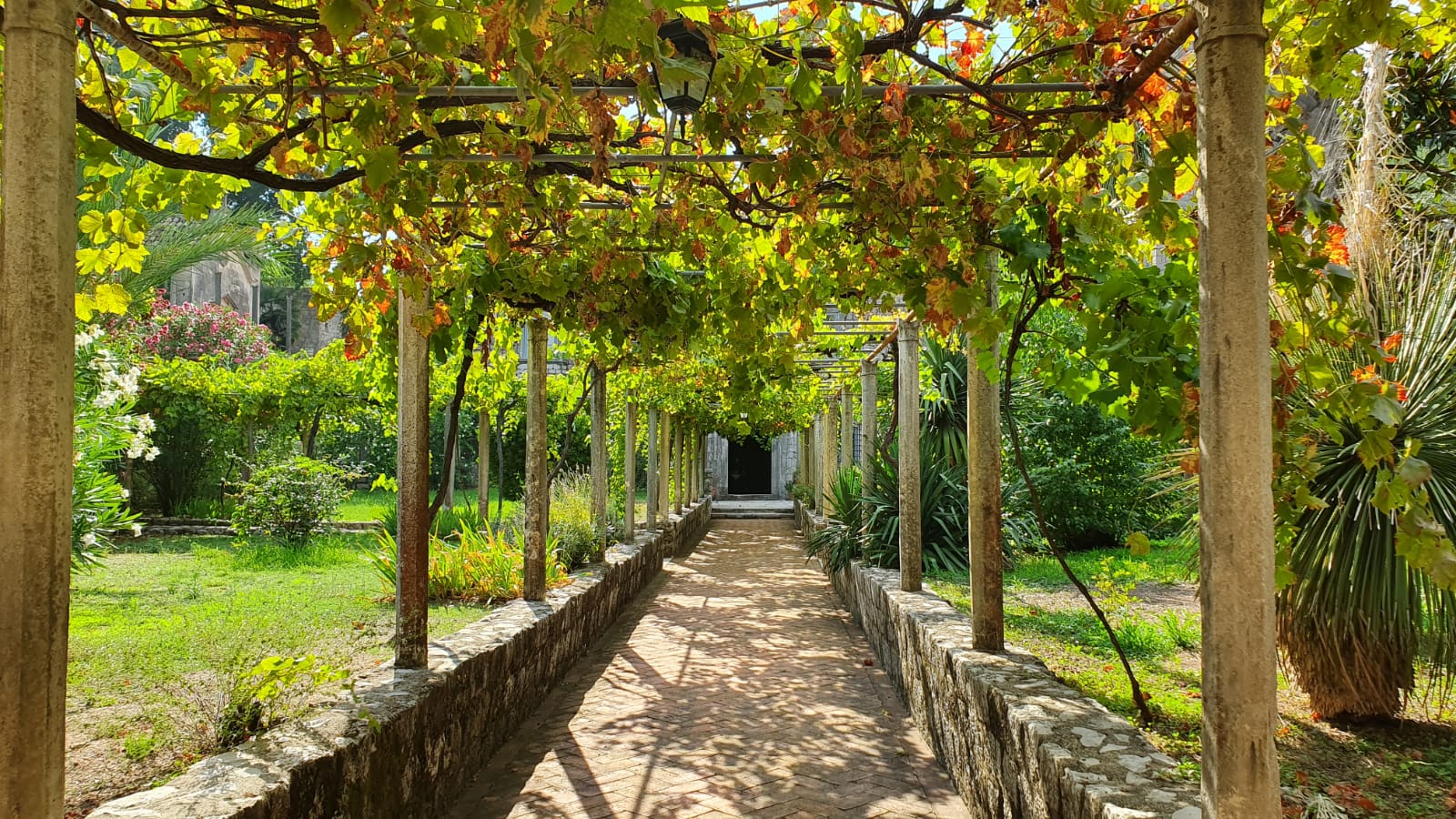
The impressive Renaissance palace is by no means an exception, and the grand stone buildings dotted around are testament to the island’s history as a summer retreat for the aristocracy in summers gone by. with its fertile land, water source, and peaceful setting, Sipan was an ideal escape for the rich and famous. Just as for the aristocracy in the 16th century, so too for the celebrities and superyachts today.
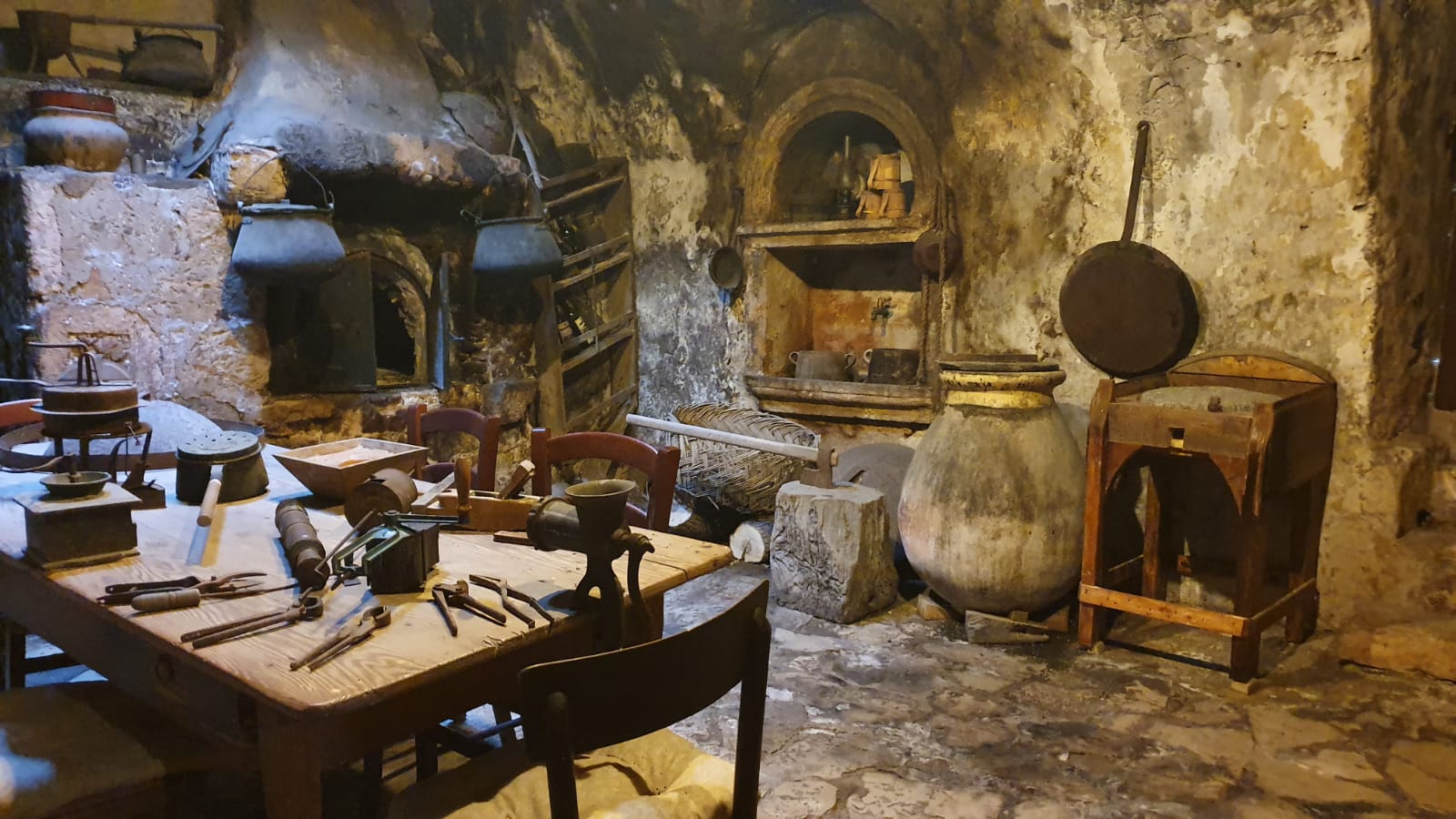
And yet, despite Sipan being attractive to the rich, it also has the chilled Dalmatian vibe of another gorgeous island, with pretty waterfront settlements offering the relaxed cafe lifestyle.
After visiting the two car-free islands of Kolocep and Lopud, it was something of a surprise to find cars on Sipan, as well as a decent paved road. The drive through the heart of the island between the two main settlements of Sudurad and Sipanksa Luka was magical – vineyards, and olive groves, those Guinness Book of Records olive groves. The land looked SO fertile and reminded me very much of the UNESCO World Heritage Site, the Stari Grad Plain on Hvar, where little has changed with the agricultural process since the arrival of the Ancient Greeks almost 2,500 years ago.
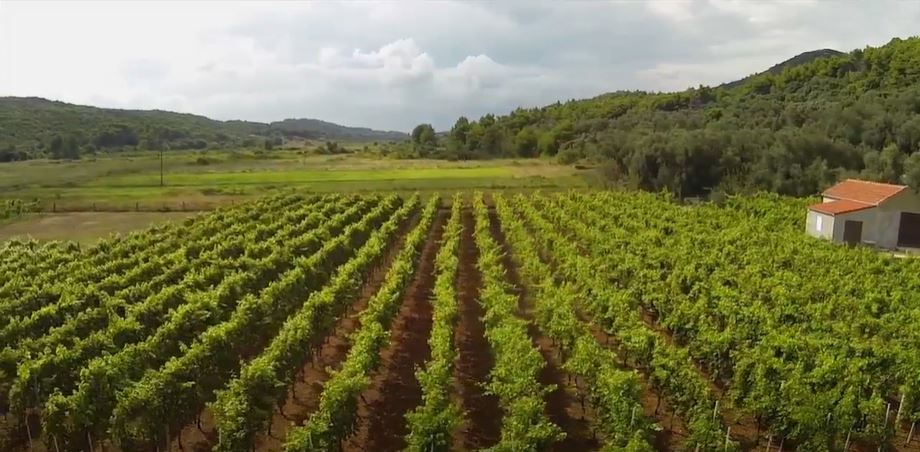
Sipanska Luka (which literally translates as Sipan Harbour) also has its own ferry once a day in season (although not with Jadrolinija) and is a much deeper bay than at Sudurad. It is popular for the sailing community for those excellent restaurants and relaxed way of life, and it also has more than its fair share of historic buildings.
The island of Sipan has been gaining local acclaim as a very serious dining destination, especially when it comes to fresh fish and olive oil. It helps that chartered boats and Three Island Cruises (Elaphiti Island Tour from Dubrovnik) stop for lunch on Sipan. Places like Kod Marka or Tauris have long lists of satisfied customers singing them praises. A recent addition, Bowa, is nothing less than spectacular. It is a restaurant in a secluded bay. It is accessible mainly by boat and it features seating on the wooden pontoons over the water. The owner is an avid big game fisherman and the resulting food is fresh, delicious and above all – local.
Hotels on Sipan are Hotel Bozica in Sudurad and Hotel Sipan in Sipanska Luka. Hotel Bozica is a 4-star property, highly rated and situated in a beautiful location in the bay of Sudurad (Read more from my visit in Hotel Bozica on Sipan: An Elaphite Delight in Sudjuradj). Consequently, it overlooks the bay and surrounding islands. It is built in a typical Mediterranean style fitting in nicely with the local houses. At the same time, Hotel Sipan is in the middle of Sipanska Luka bay and is a great choice for those wishing to be centrally located with easy access to great restaurants, bars and beaches. Private accommodation is also available but not in plentiful supply, so you are advised to book early.
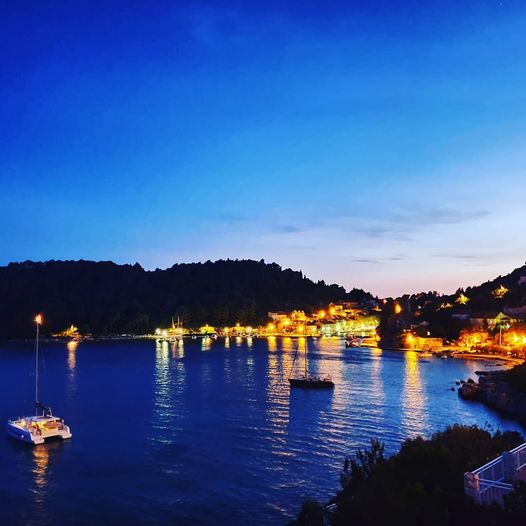
Sipan is also a great walking, hiking or trekking destination. The island houses 39 old churches as well as 42 medieval residences of varying degrees of upkeep. Apart from examples of old architecture, hiking across Sipan means walking through olive orchards and shrubs of Mediterranean aromatic herbs, a wonderful aromatic experience. The highest peak of Sipan is Velji Vrh at 243 metres above sea level. Hiking up to it is not too strenuous, but you should bring water and sunscreen along. From there you will have a great view over the island and the surrounding archipelago.
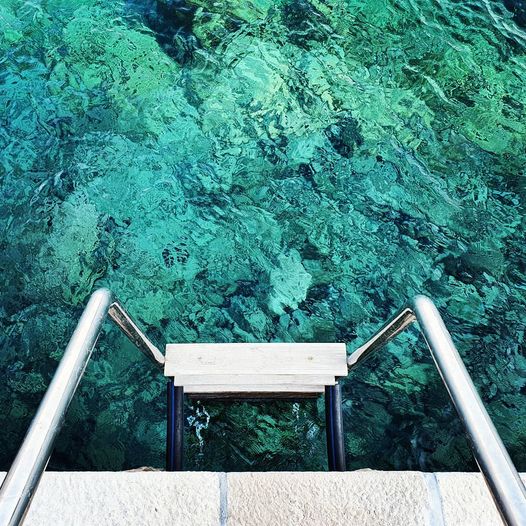
Dubrovnik beyond the walls, a new way to look at the Pearl of the Adriatic. And with so many different options available, tailor your Dubrovnik experience to your specific needs.
To learn more about the Beyond the Dubrovnik Walls series, follow the dedicated section.

